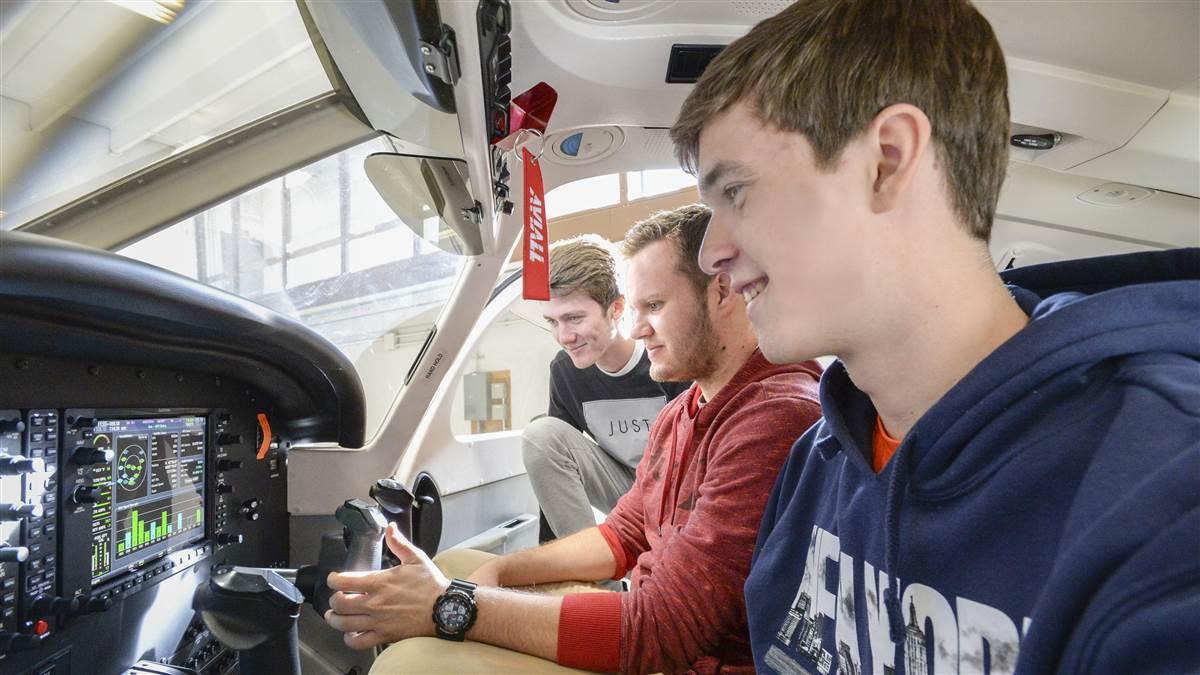UND pilots bound for Customs and Border Protection
Fifteen University of North Dakota (UND) sophomores and juniors will be placed in a pathway program as aviation enforcement trainees and taught how to “detect, sort, track, intercept, and apprehend criminals,” according to a Nov. 29 news release. The U.S. Customs and Border Protection’s (CBP) Air and Marine Operations (AMO) division inked an exclusive deal with the institution to recruit pilots for the agency’s fleet of 200 aircraft.
As long as they keep their grades up, complete the training regimen, and accrue 1,000 flight hours, the AMO Pathways Program students will be virtually assured of full-time employment as CBP pilots when they graduate.
The deal allows the student trainees to convert to aviation enforcement agents in Grand Forks or any of the agency's 74 locations. They will join a force of 700 pilots flying a variety of aircraft that include the P-3 Orion fixed-wing, the UH-60 helicopter, and the MQ-9 Predator drone. CBP also manages a fleet of 300 water-bound vessels.
The students will be hired as federal employees with flexible full- or part-time schedules, the release noted, and their responsibilities will include “assisting with the development of operational plans for interdiction missions, interfacing with state and local law enforcement officials, and performing security liaison duties.”
Polovitz said the college continually looks at ways to enhance the aviation program at the federal level. However, he was a bit surprised at the swiftness with which the pathway program took hold. “They’ve really jumped on it to get it going and worked at light speed” to line up the details. “It’s just been a great experience working with them [CBP].”
AMO Deputy Director Christopher Wiyda noted in the news release that it was “an unprecedented opportunity” for aviation students to earn a salary while they trained for a “challenging and rewarding career.” He added that the aviation enforcement agents could earn “over $100,000 annually after two years of full-time service” and were “our nation’s future experts in airborne and maritime law enforcement.”





